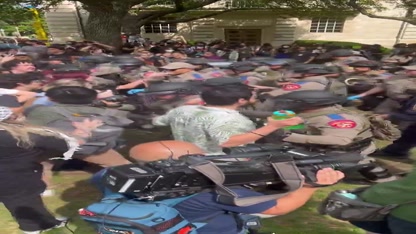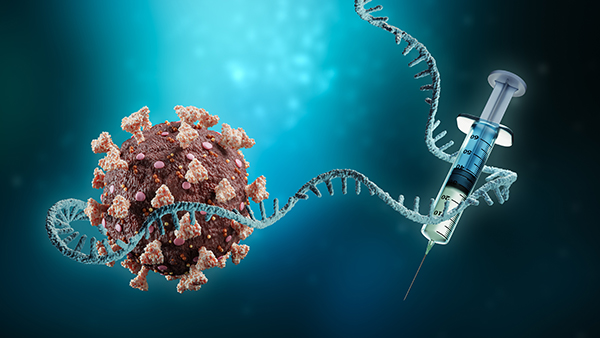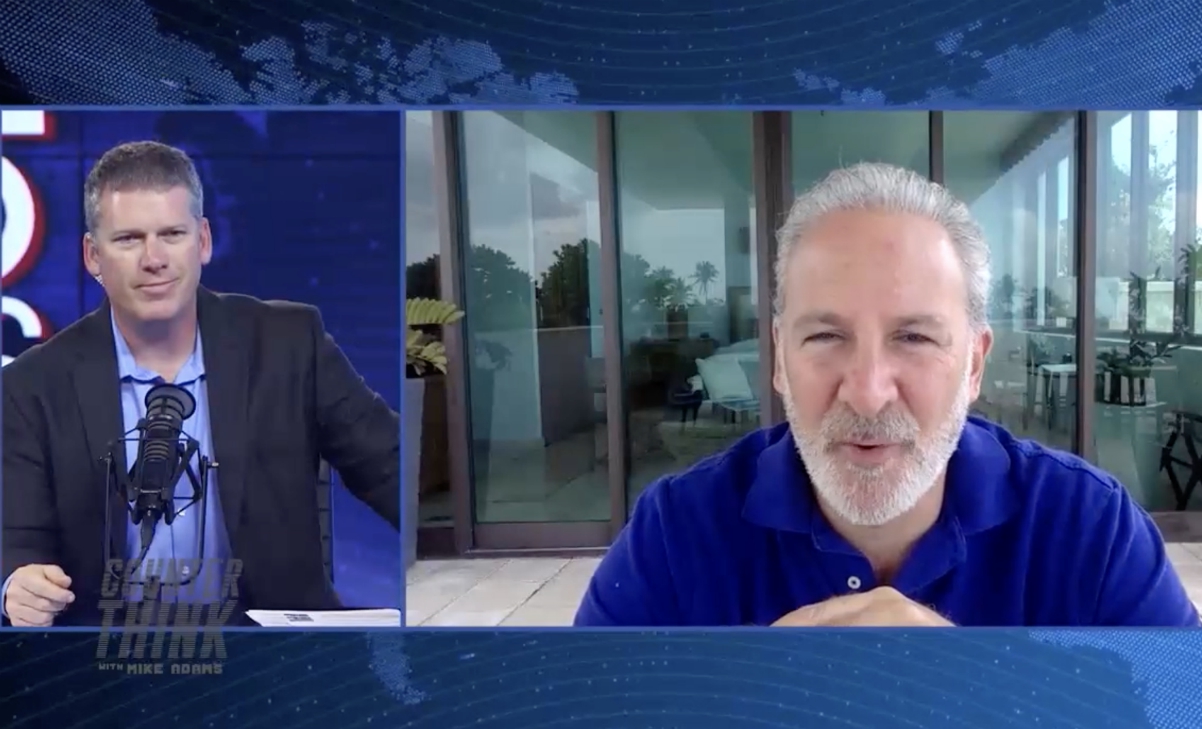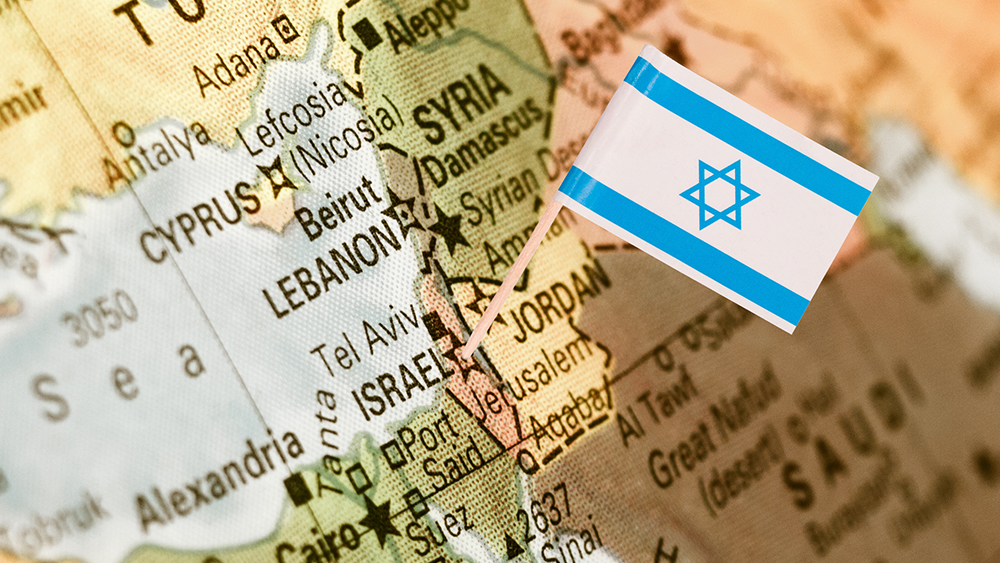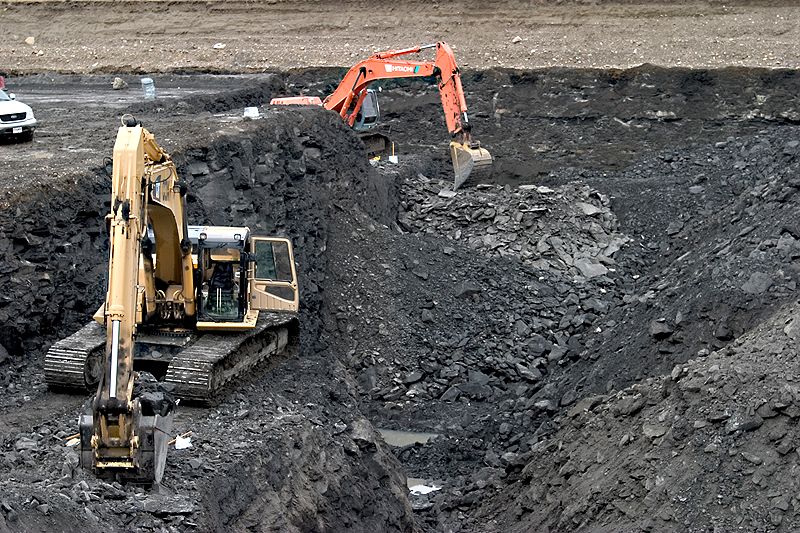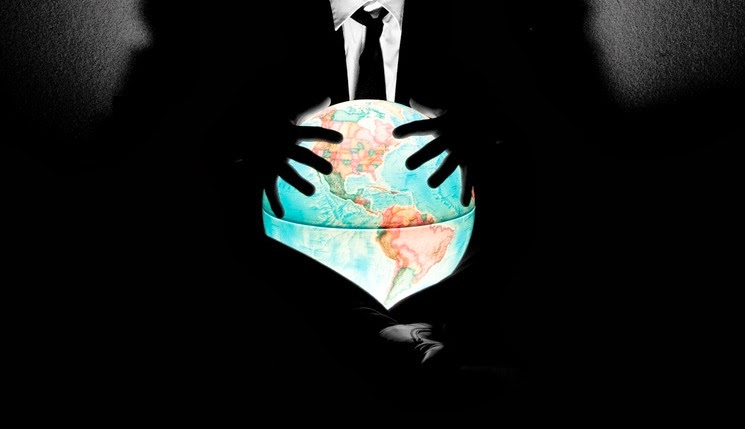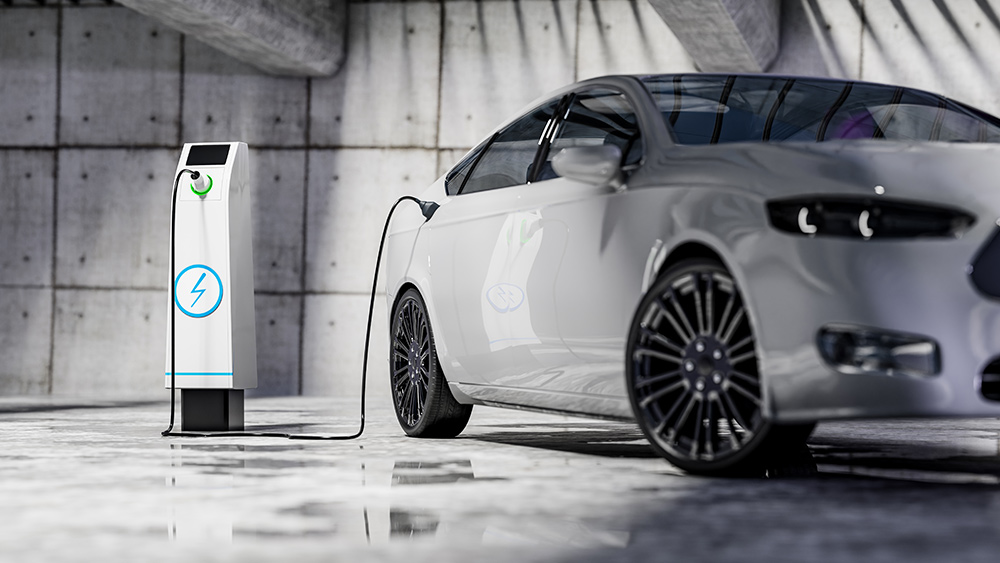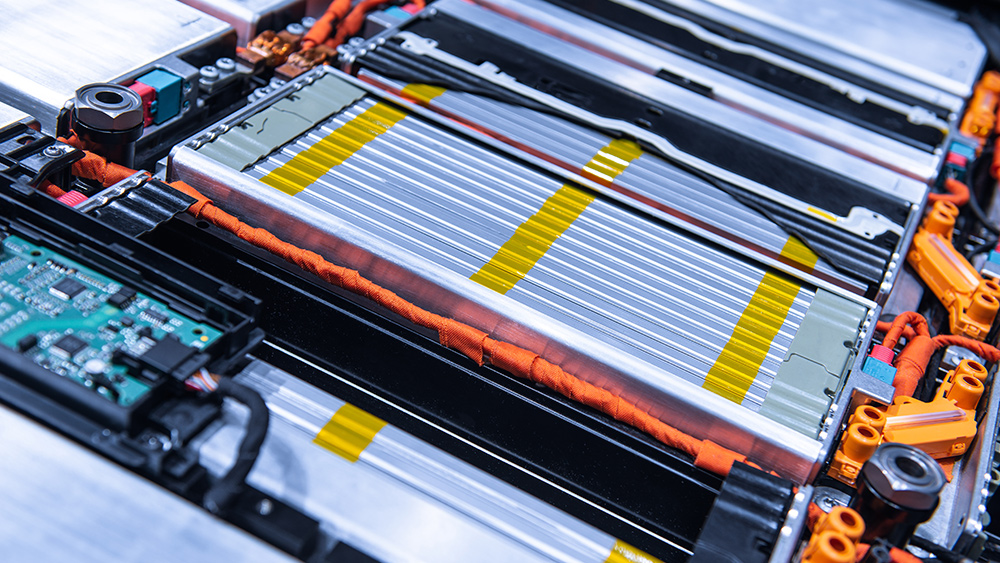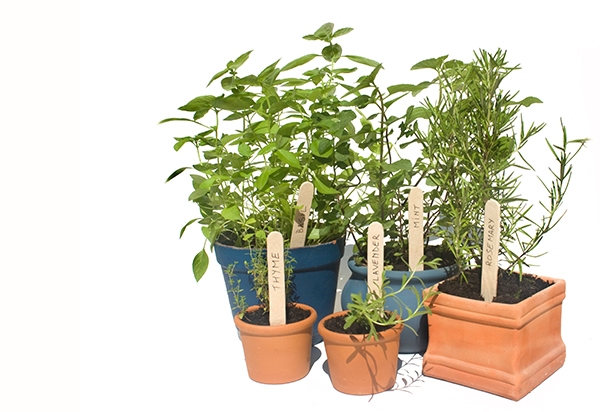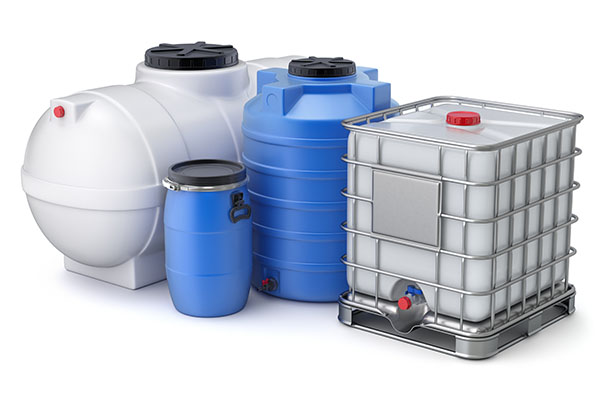
Determine your water needs
Every member of your household (including your pets or livestock, if you have any) will have different needs, which will depend on their age, diet, health, physical condition and the weather. If you tracked every drop, you'd be surprised at how much water each of you consumes a day.
Store one gallon of water per person in your household per day for as many days as utilities could be off during an emergency. A family of five would need 15 gallons for three days or 70 gallons for two weeks.
Store additional water for your pets, livestock or as backup as needed. You should also store separate water supplies for cooking, hygiene, cleaning and other purposes.
Use the right water container
Storing tap water in your home is realistically dependent on its use, your available space, budget, ingenuity and knowledge of storage and filtration-purification principles.
Stackable, portable water bricks. Water bricks are portable, stackable containers made out of incredibly rugged, high-density polyethylene (HDPE) that can hold 3.5 gallons of water. They were designed to be locked and stacked together for maximum storage capacity. Each water brick has a comfort-fit handle (and a spigot) and you can stack them in your bug out vehicle.
Be careful not to stack them excessively since overstacking can cause containers at the bottom to crack under the weight.
Heavy-duty barrels. You can't go wrong with 55-gallon water barrels. They are made from sturdy food-grade plastic and have bungs at the top that can be sealed super tight in order to protect water from contamination. The plastic is BPA-free and UV-resistant because they are made from opaque plastic. Two of them will give a family of four about 27 days' worth of water.
But there are a few downsides to using heavy-duty barrels. First, they take space. Second, they are quite costly. One barrel costs about $90. You'll also need to buy a pump and a specialty drinking water hose to fill them up. Finally, they're not very portable. A full barrel weighs 440 pounds. You'll want a more portable option in case you need to bug out.
Bathtub water bladders. If you live in an apartment, consider getting a BPA-free, bathtub-sized, food-grade plastic container that can be attached to the faucet of your tub so you can fill it with fresh tap water. This container can keep your water safe and free from contamination.
You should also consider a waterBOB that can hold 100 gallons of water or an Aqua Pod that can hold 65 gallons of water. According to the manufacturer, the waterBOB can keep water fresh for up to 16 weeks. It also includes a siphon pump for extracting water quickly. This is the perfect emergency water storage if you live in an apartment.
Store water in different-sized containers
Having water stored in 3.5-gallon, 5-gallon or 55-gallon drums is great IF you are bugging in. But many large water containers can be tough to keep inside or hide outside, so remember to also store water for individual servings, such as water bottles that you can carry with you wherever you go.
If you're going to use plastic containers, make sure they are food-grade plastic that's BPA-free so that no chemicals leech into your water. Using opaque containers is a good idea, because direct sunlight can cause organisms like algae to grow if there are any spores in your water.
You can buy sturdy camping water containers at your local superstore. They're a bit expensive, but they'll hold water for years. Glass containers are also a good option, though they're heavy and breakable.
Sanitize your water containers
You can run small water containers through the dishwasher using the hot water cycle or clean them with hot soapy water just like you do your canning jars. It's important to use containers that are easy to clean and don't have little nooks and crannies that can harbor bacteria.
You can use liquid household bleach that contains four to six percent sodium hypochlorite and combine it with water. Do not use bleach that contains detergent and fragrances. Mix the solution thoroughly in your container and let it stand for a good 10 to 20 minutes, depending on the size of your container. Remove the sanitizing solution, then rinse your container again with potable water.
You can also use a water treatment or preserver, which is easy to find in most stores. Just make sure you are getting an EPA-approved product that's tested and proven to extend water shelf-life. (Related: Water safety: Preserve water using silver coins.)
Label your water containers
Label each container with the date when you filled it with tap water and stored it. Labeling will help you know when to change the water inside.
Store your water properly
Store your water in a cool, dry and dark location to prevent sunlight, heat and humidity from causing algae growth or bacterial contamination.
Sunlight promotes the growth of microbes, so store your containers away from direct sunlight. The sun also breaks down some plastic containers, so it's important to use BPA-free containers.
Hot water takes up more space than cool water, so you may have a problem with your containers swelling and leaking.
If possible, elevate the containers using pallets or shelves to prevent them from touching the floor. Avoid storing water near chemicals, fuel or toxic substances that can leach into the water.
Rotate stored water
Water doesn't go bad, but it can get slightly acidic after a while because a small percentage of it gets converted to carbonic acid when exposed to air. This makes it conducive for bacterial growth.
Considering that and the fact that bleach or chlorine breaks down, you should rotate tap water every six months or so. Use the FIFO (First In, First Out) method. You can use old stored water to water your plants or for other purposes on your homestead.
Visit Preparedness.news for more stories like this.
Watch the following video to learn How to store water for survival.
This video is from the Local Prepper channel on Brighteon.com.
More related stories:
How to survive with a limited water supply.
Prepping 101: How long will bottled water last in your stockpile?
Prepping 101: Emergency water storage for beginners.
Sources include:
Please contact us for more information.





